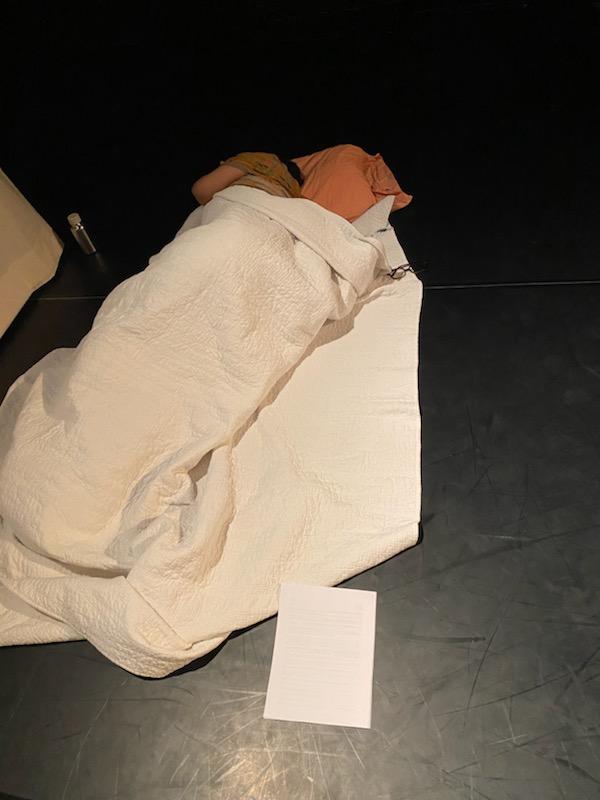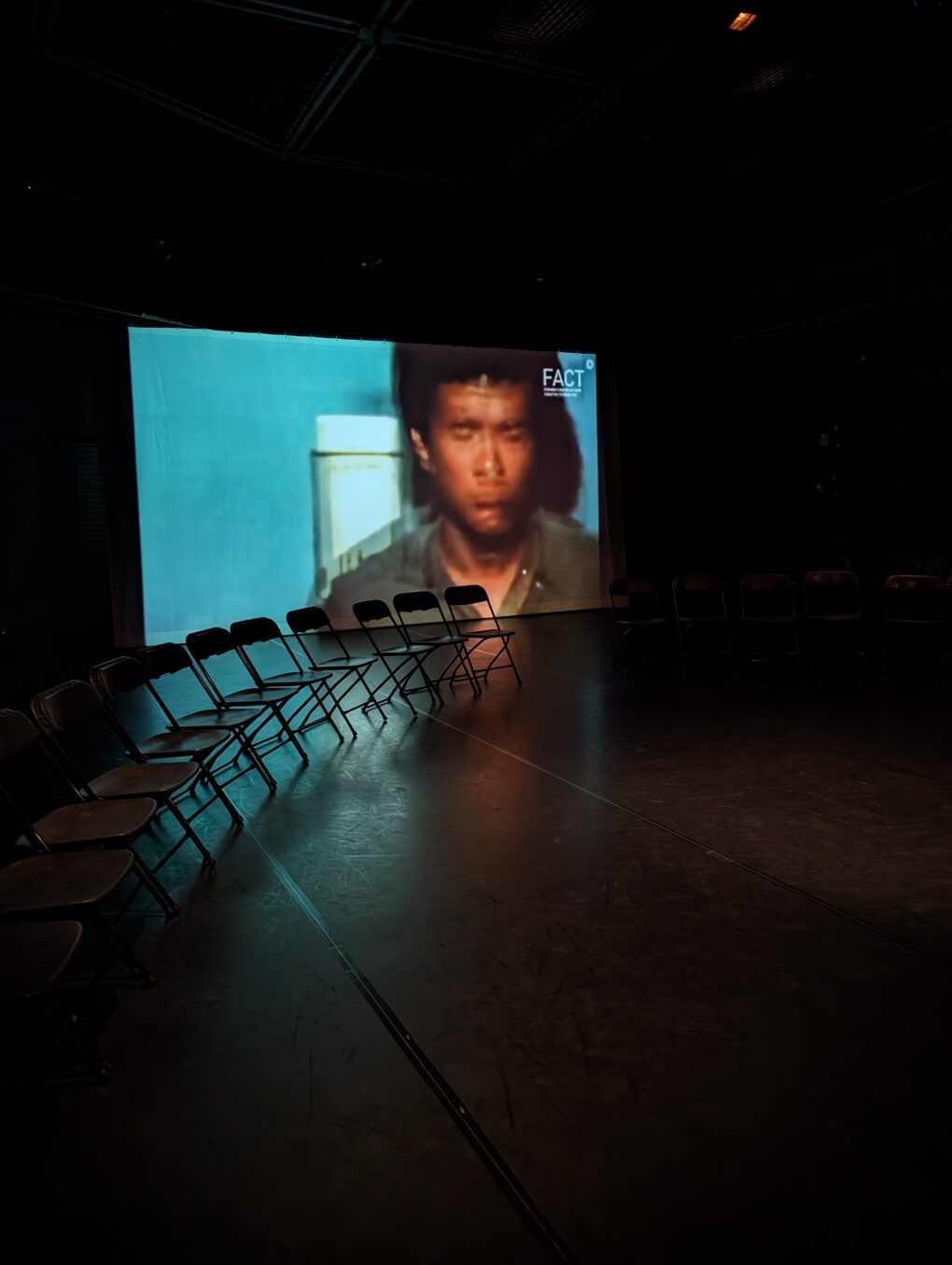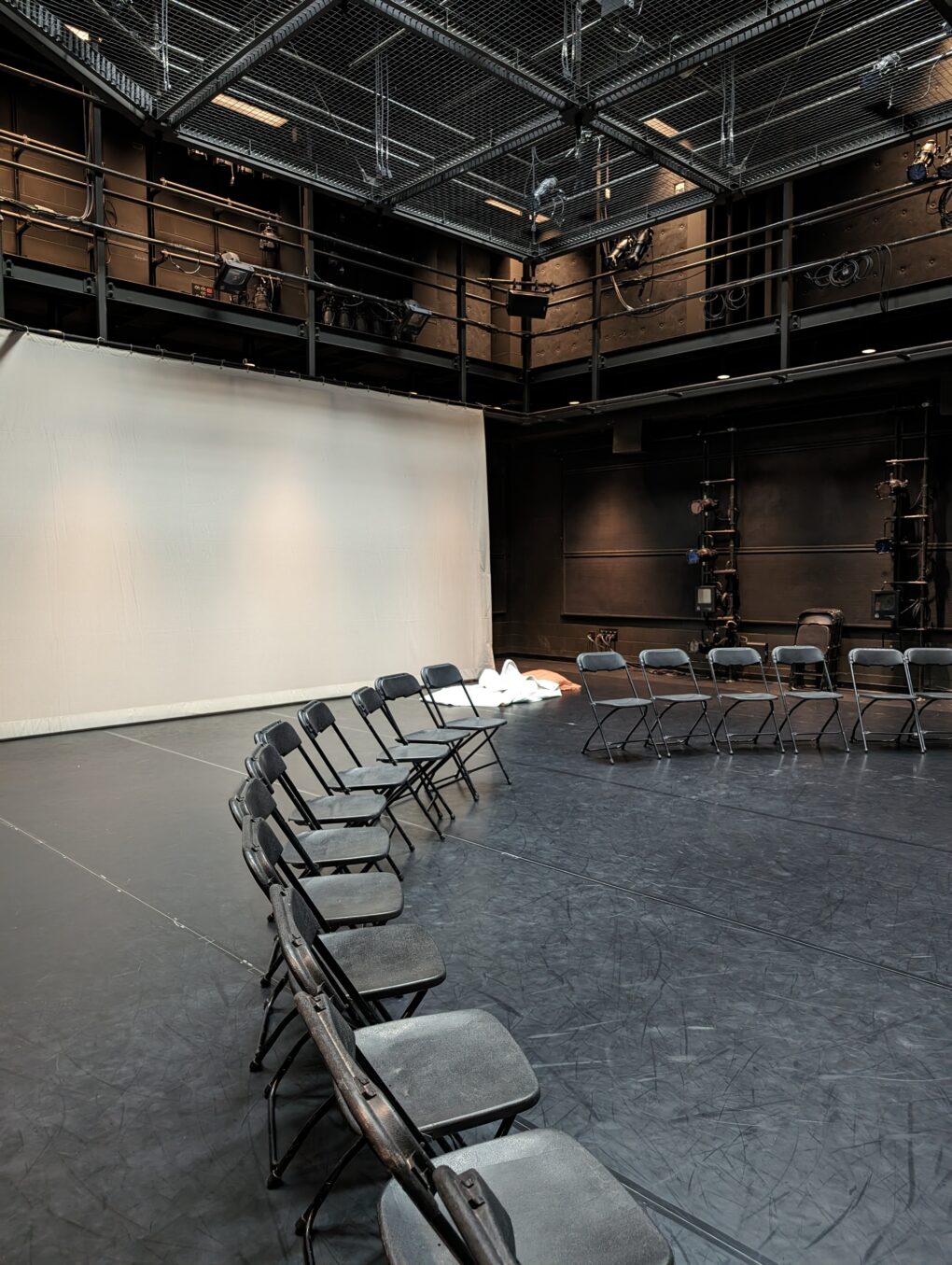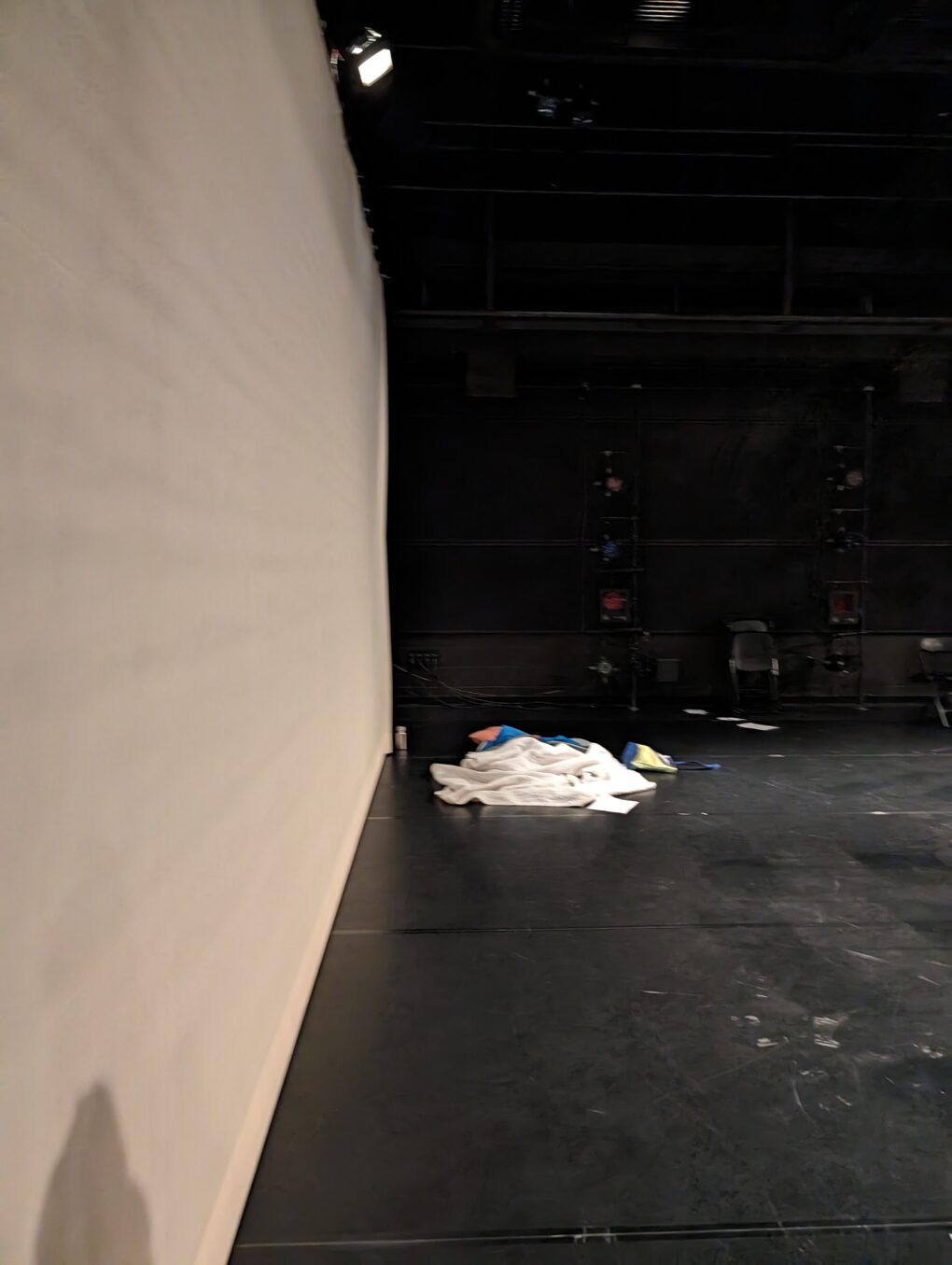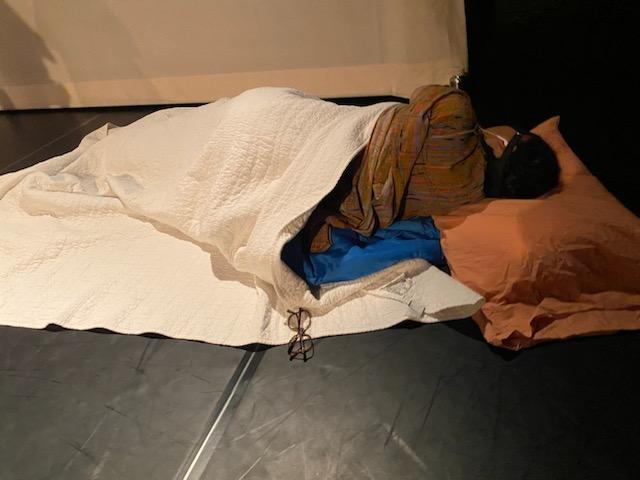One Hour Performance (Rest Piece)
Deeply inspired by Tehching Hsieh’s One Year Performance (1980-1981) [“Time Clock Piece”], One Hour Performance (Rest Piece) is a requiem for rest for all, especially for Black women.
Two simultaneous components comprise the interactive performance: one, the audience activated by instruction-based time-cards, and two, the performer (a Black woman) who rests throughout. How does the audience’s practice make meaning alongside a resting Black woman?
One Hour Performance (Rest Piece) asks that question, and is also inspired by the performance practices of Tricia Hersey, 600 Highwaymen, and Okwui Okpokwasili. One Hour Performance aligns dreams for Black women with emancipative societal dreams including urbanist dreams of micro-neighborhoods, and rights dreams stemming from the Universal Declaration of Human Rights, including Article 24.
Performance history and credits:
This performance was first workshopped at UW Seattle (with dramaturgs Amna Farooqi and Rachael Herren), and first performed in January 2024 at Whitman College (in Walla Walla, WA) as part of the Studio Series, curated by professor Renée Archibald. Additional thanks to: LD DeArmon, Peter de Grasse, Erika Greenup, and Lisa Uddin, as well as performers in the series: Drama Tops (Elby Brosch and Shane Donohue), and Shannon Stewart.
Technical requirements:
Duration of 60 – 90 minutes, participants, and room with chairs. The performer (Jasmine Mahmoud) provides the participation deck, as well as her pillow and sleeping bag.
Artist statement:
I’ve been thinking a lot about Black women as keepers. In 2023, political scientists Christine Slaughter, Chaya Crowder, and Christina Greer published, “Black Women: Keepers of Democracy, the Democratic Process, and the Democratic Party.” What is the labor of keeping a society that doesn’t want (to keep) you? How is exhaustion central to this keeping? Is there a way U.S. society could hold Black women? ‘One-Hour Performance (Rest Piece)’ comes out of these questions and also hopes to practice – through rest and observation of rest – other ways of holding and keeping.
More images (all from Whitman College):
